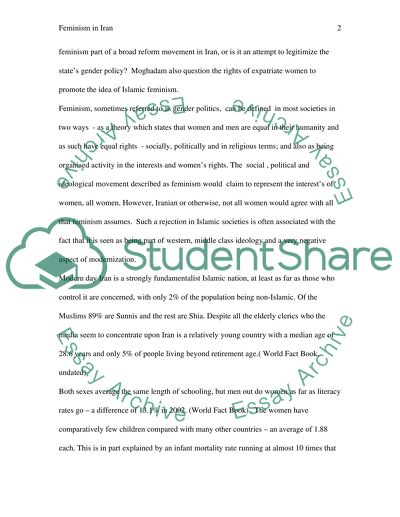Cite this document
(“Feminism in Iran Essay Example | Topics and Well Written Essays - 2000 words”, n.d.)
Retrieved de https://studentshare.org/history/1430594-feminism-in-iran
Retrieved de https://studentshare.org/history/1430594-feminism-in-iran
(Feminism in Iran Essay Example | Topics and Well Written Essays - 2000 Words)
https://studentshare.org/history/1430594-feminism-in-iran.
https://studentshare.org/history/1430594-feminism-in-iran.
“Feminism in Iran Essay Example | Topics and Well Written Essays - 2000 Words”, n.d. https://studentshare.org/history/1430594-feminism-in-iran.


